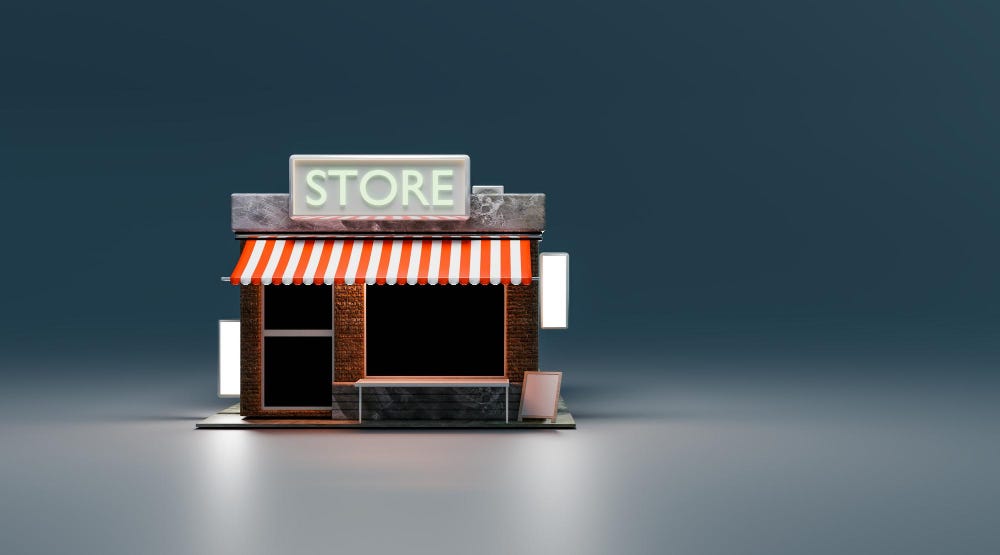Design for Growth: When Premium Isn't the Answer (Yet)
Let's face reality: Southeast Asia isn't China. World Bank's 2023 data hits hard – only 24% of our population sits in the middle-class sweet spot, compared to China's cushy 50%. Want more cold water? BCG found that 78% of premium-focused brands that strutted into Southeast Asia between 2018-2022 ended up stumbling or flat-out failing. Ouch.
Here's the million-dollar question: How do we create killer design experiences in a market where "premium-first" strategies go to die? It's not about choosing between value-based design and cost-based design – it's about knowing when to deploy each.
The Art of Not Starting at the Top
Think of it this way – would you build a penthouse before laying the foundation? That's exactly what too many brands try to do here. We're championing something different: "Progressive Design Evolution." Fancy name, simple concept: Start with cost-efficient design that feels premium through smart choices, not expensive ones.
Remember when everyone laughed at Grab's basic interface? Well, who's laughing now? They built an empire by starting with cost-based design fundamentals, then progressively layering in value-based elements. Their early designs weren't winning beauty contests, but they nailed what mattered: clarity, speed, and reliability. As their market matured, so did their design sophistication – adding premium features only when users were ready for them.
The Uniqlo Masterclass
Want to see this balance done right? Look at Uniqlo. They walked into Southeast Asia with their eyes wide open. Instead of splurging on fancy store designs, they invested in what creates perceived value: clean layouts, thoughtful product presentation, and killer lighting design. Their stores feel premium without the premium price tag – it's value-based thinking applied to cost-based constraints.
And guess what? Bain & Company's 2023 research shows this smart approach works 3.2 times better than going full-premium. That's not just winning – that's changing the game.
Designers: Time to Get Real
Let's be honest: we designers love our premium touches. Our sleek finishes. Our perfect typography. But here's the truth bomb: in Southeast Asia, we need to be more than pretty-makers. We're growth architects. Every design decision needs to balance immediate cost constraints with long-term value creation.
Look at Shopee. While Lazada was busy trying to look premium, Shopee embraced a cost-based approach that prioritized function over flash. Their orange-heavy design wasn't winning aesthetic awards, but it was winning markets. As they grew, they didn't replace their design DNA – they enhanced it, proving that starting cost-conscious doesn't mean staying basic forever.
Co-working Spaces: The Reality Check
Want to see this principle in action? Step into Jakarta's and Bangkok's co-working spaces. While everyone else was trying to copy WeWork's expensive minimalism, the smart ones looked local. CommonGround in Jakarta didn't just slap some batik patterns on the wall – they reimagined what modern Southeast Asian design could be. They proved that value-based design thinking isn't about spending more – it's about thinking better.
The Future Isn't Premium (Yet)
Here's the truth about design in Southeast Asia: it's not about compromising your vision; it's about being smart enough to let it grow organically. Love, Bonito gets it. They started with accessible fashion and grew into premium lines without losing their soul – or their original customers.
McKinsey's research backs this up: brands that nail this balance see 45% higher customer retention. Why? Because they're not just serving the market – they're growing with it.
The Bottom Line
Let's get real: good design in Southeast Asia isn't about choosing between value and cost – it's about knowing how to evolve from one to the other. The winners aren't the ones with the biggest design budgets; they're the ones smart enough to know that value can be created through thoughtful design at any price point.
The most successful designs in Southeast Asia aren't just weathering the market – they're helping write its future. They start with cost-based efficiency, build in value-based scalability, and grow organically with their market. That's not just good design – that's smart business.
And that future? It's looking pretty damn good for designers who get it right.

